TALL TREE, SHADOWS
When mentioning the parasol tree, people immediately think of the typical tree of Cu Lao Cham island. The tree grows in forests, no longer strange to the life of the people on the island. But with a cluster of parasol trees that has just been recognized as a Vietnam Heritage Tree in the island commune of Cu Lao Cham, not everyone is clear.
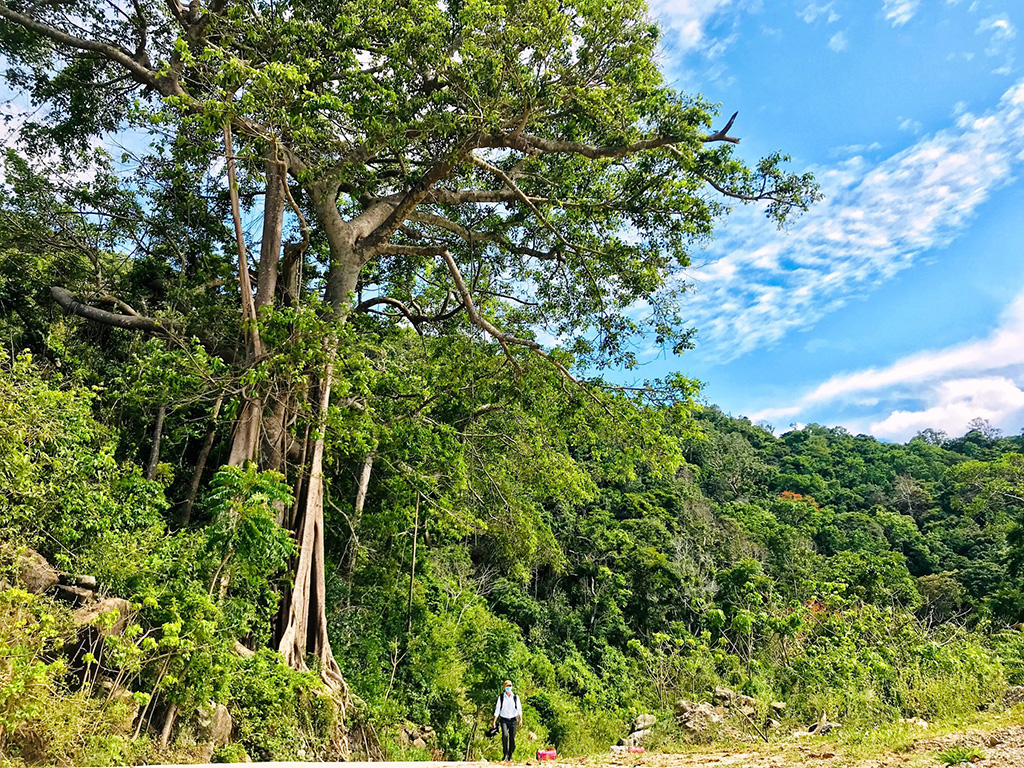
The 600-year-old banyan tree on Cu Lao Cham Island is recognized as a Vietnam Heritage Tree.
According to Mrs. Le Thi Ke (82 years old, in Bai Lang village, Tan Hiep commune), since people discovered Cu Lao Cham island, the parasol tree has been there for hundreds of years. As for the cluster of red parasol trees located right on the slope of Suoi Tinh, according to the authorities' estimates, there are 3 red parasol trees that are 200 - 300 years old. She said that the islanders always worship the "old" herbs, so the elderly often tell the young people to keep silent and bow their heads every time they pass by the trees as a way to thank the forest god and mountain god for blessing the outpost island.
The parasol tree is not only a symbol of the island, but the products made from the tree are very valuable, loved by both locals and tourists. Hammocks woven from parasol bark are considered the "most unique" handicraft products in the world . To create a hammock, the craftsman must spend more than 2 months of work, not to mention the time to prepare the materials. In addition, it also requires meticulousness, meticulousness, and patience... "Parasol hammocks have the effect of treating rheumatism and night sweats. Lying in a parasol hammock makes you feel very healthy and sleep well. The parasol hammock is also associated with the formation and development of Cu Lao Cham, which contains the thoughts and feelings of the islanders," Mr. Ke said.
Guarding the temple of the founder of the bird's nest industry in Bai Huong village is a pair of over 200-year-old trees. The tree is located on the right corner of the yard, the tree is located on the left corner. The canopy of the two trees intertwines, shading the entire yard. For the people here, the shade of the trees has long become a "heritage". Every afternoon, the whole village gathers here; adults weave nets, chat, children play, read books...
HERITAGE TREE ROAD
From the bird's nest temple, looking towards the Cu Lao rock mountain, you will see the canopy of a banyan tree over 600 years old standing tall by the roadside. The tree trunk is like a wall, the root system reaching up high to support the wide canopy of leaves that seem to hug the rock mountain tightly.
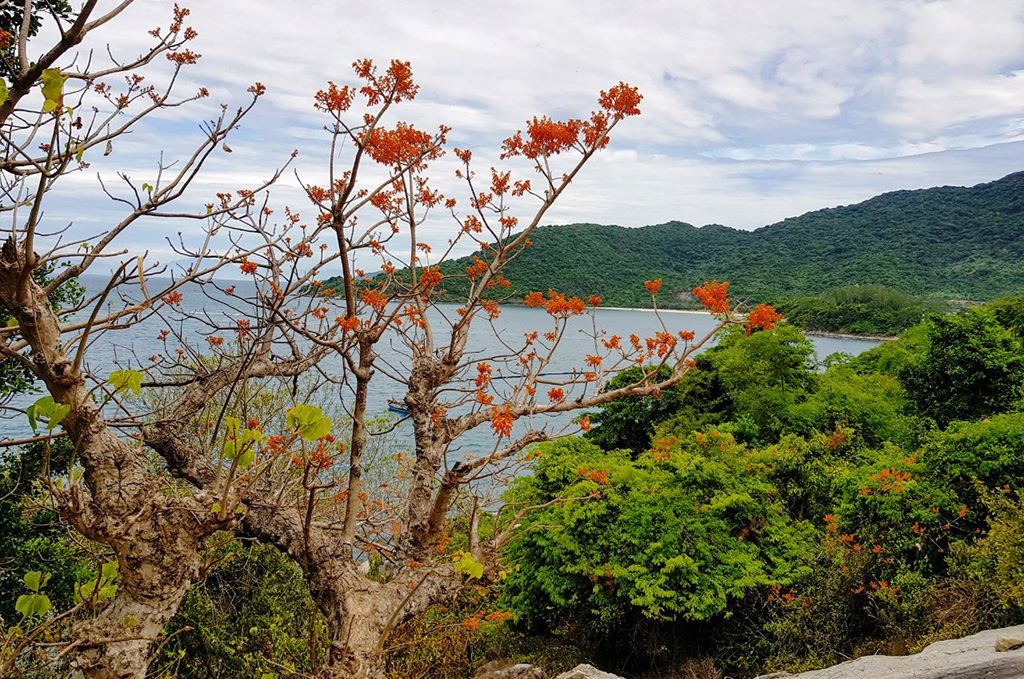
Parasol tree on Cu Lao Cham island
Mr. Tran Tu (80 years old, in Bai Huong village, Tan Hiep commune) said that this "old" banyan tree is the oldest in Cu Lao Cham. The place where the tree took root has also become a sacred place for generations of islanders. "Here, people live mainly on the sea, so they attach great importance to spiritual stories. Before sailing out to sea or returning after long sea trips, fishermen come to the base of the ancient banyan tree to pray and thank it for blessing them with peace and a full boat of fish and shrimp. All people are conscious of protecting and preserving the ancient banyan tree and consider it a sacred tree in this archipelago that is always exposed to storms," said Mr. Tu.
Ms. Pham Thi My Huong, Chairwoman of Tan Hiep Commune People's Committee, said that in 2015, the Vietnam Association for Conservation of Nature and Environment awarded Heritage Tree recognition certificates to a cluster of three red parasol trees at Suoi Tinh slope in Bai Lang village, a mountain banyan tree on the eastern slope of Hon Lao, and a branch tree and a cocoon tree at the bird's nest ancestor temple in Bai Huong village. According to Ms. Huong, the recognition of these "old" trees as heritage trees is of great significance to the island commune of Cu Lao Cham. This is the best way to promote and preserve local trees, while promoting tourism. "For trees that have been recognized as heritage trees in particular and the island's vegetation in general, the locality will make every effort to preserve and care for them to maximize the effectiveness of these trees. As for the parasol tree, it will be expanded by encouraging people to plant more. Exploitation must be carried out, but it must be preserved in a sustainable manner. Currently, the People's Committee of Quang Nam province has sent a dossier to the Ministry of Culture, Sports and Tourism to include the parasol hammock weaving craft in the list of national intangible cultural heritages," said Ms. Huong.
Now, tourists to Cu Lao Cham Island, if they wander along the coastal road from Bai Lang village to Bai Huong village and then around the eastern slope of the island, can see all four types of heritage trees that have been attached to the land and people of the island for generations. According to Ms. Huong, in the future, the locality will systematically plan a heritage tree route and have high expectations for a special tour . (to be continued)
Cu Lao Cham Island (Tan Hiep Island Commune, Hoi An City) has an area of about 15 km 2 , a population of more than 3,000 people, 18 km from the mainland. In 2009, Cu Lao Cham Island cluster was recognized by UNESCO as a World Biosphere Reserve. Here, in addition to 950 aquatic species being preserved, there is also a rich flora and fauna system, including a series of "old" trees hundreds of years old such as the parasol tree, the branch tree, the cocoon tree, the mountain banyan tree...
Source link



![[Photo] Prime Minister Pham Minh Chinh chairs the 15th meeting of the Central Emulation and Reward Council](/_next/image?url=https%3A%2F%2Fvphoto.vietnam.vn%2Fthumb%2F1200x675%2Fvietnam%2Fresource%2FIMAGE%2F2025%2F11%2F27%2F1764245150205_dsc-1922-jpg.webp&w=3840&q=75)


![[Photo] President Luong Cuong attends the 50th Anniversary of Laos National Day](/_next/image?url=https%3A%2F%2Fvphoto.vietnam.vn%2Fthumb%2F1200x675%2Fvietnam%2Fresource%2FIMAGE%2F2025%2F11%2F27%2F1764225638930_ndo_br_1-jpg.webp&w=3840&q=75)

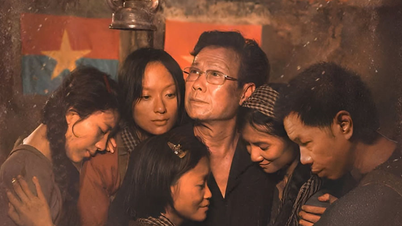















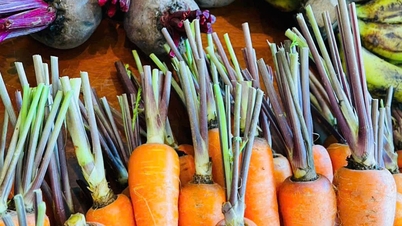


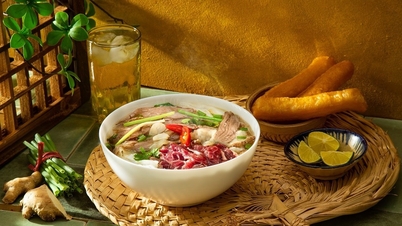





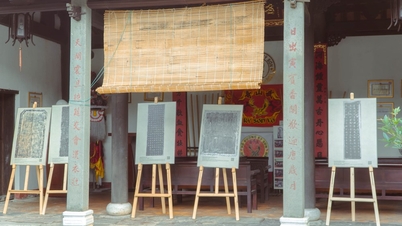
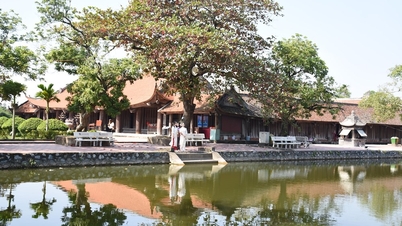
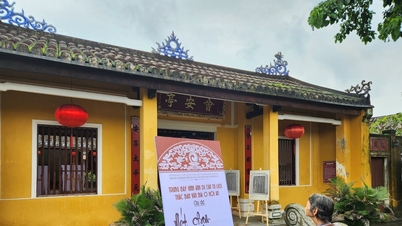



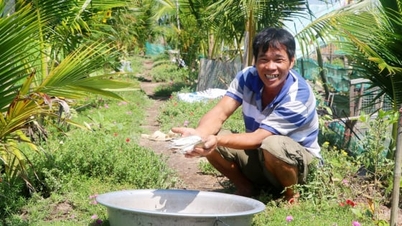

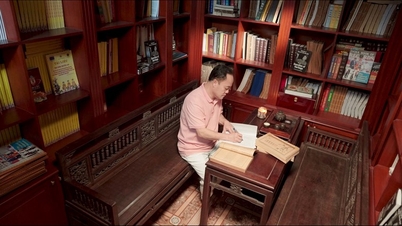
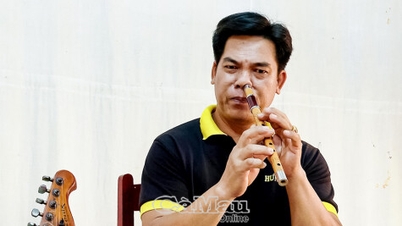











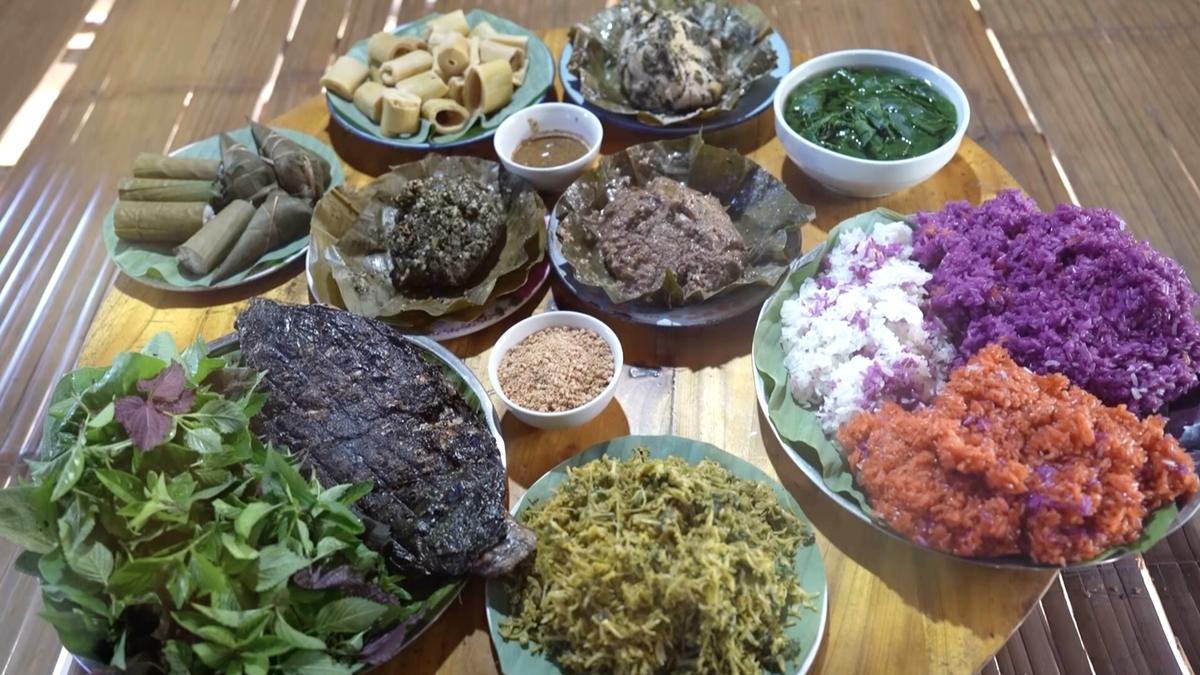
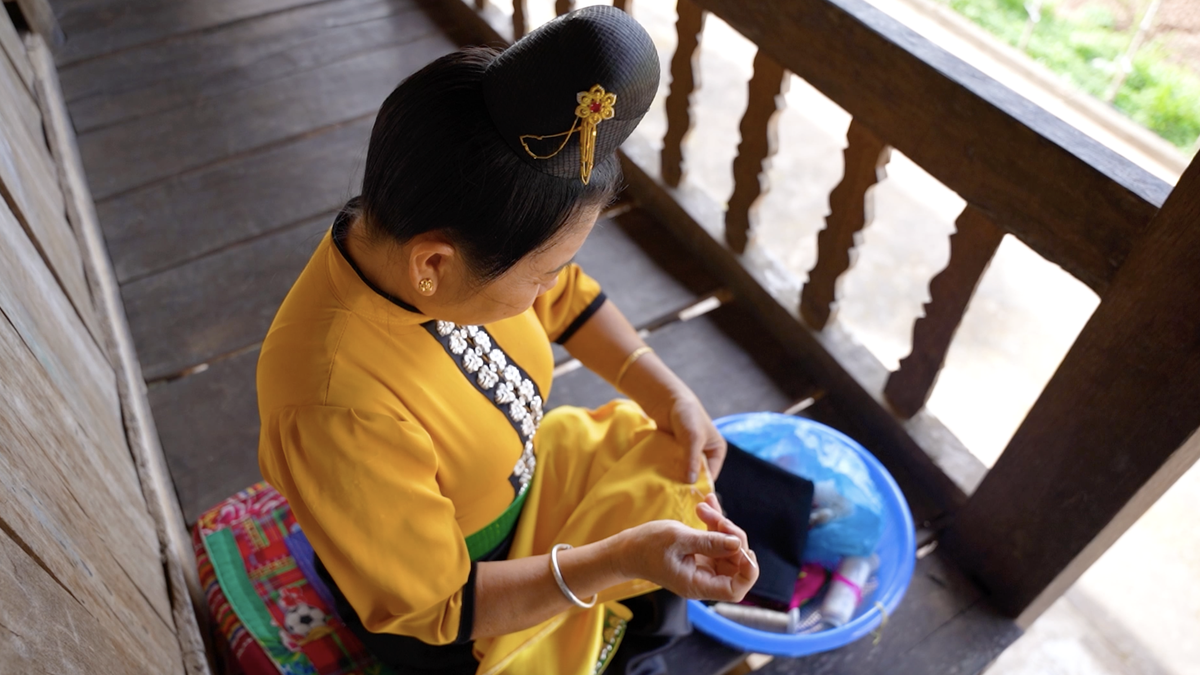

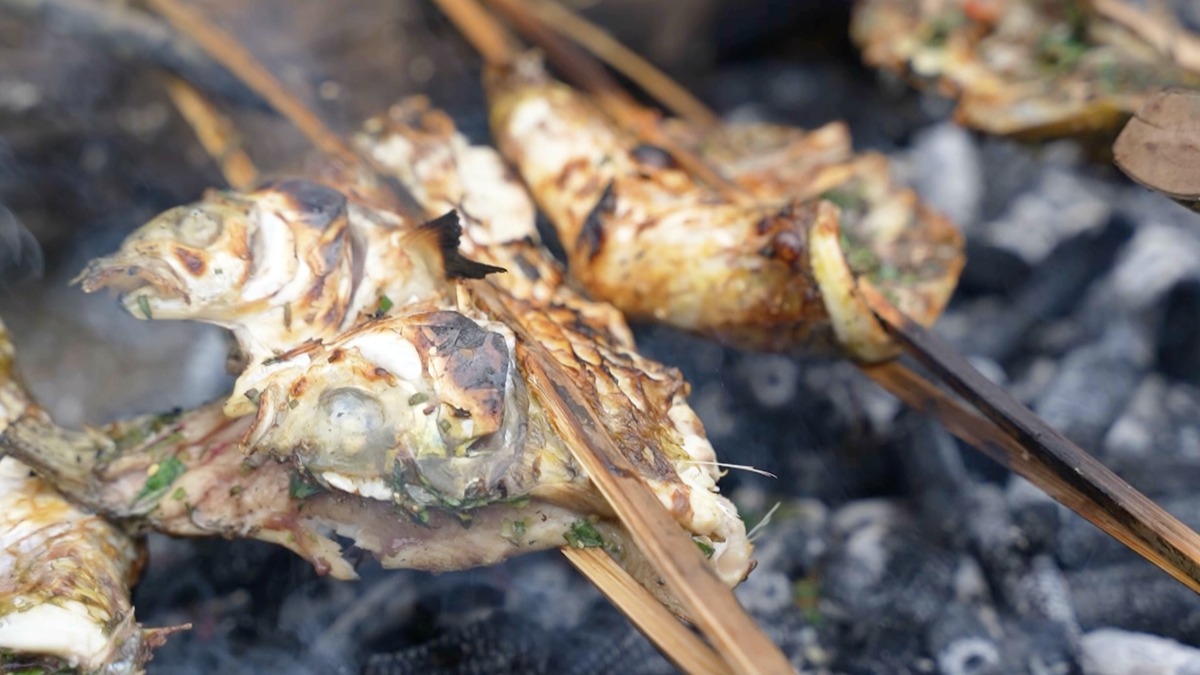

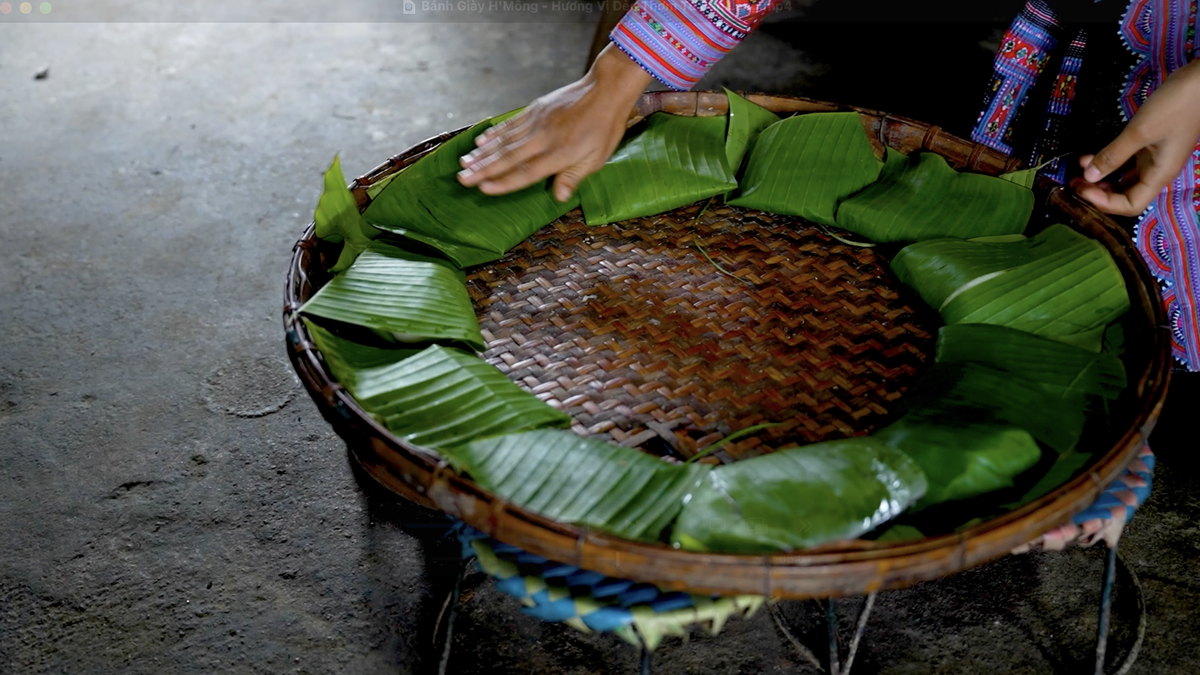







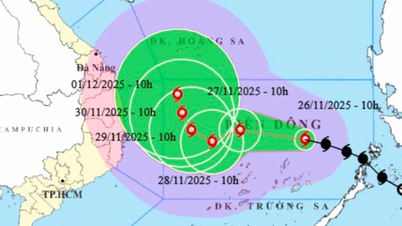












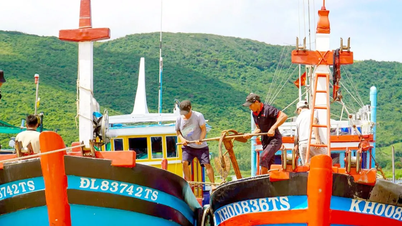

















Comment (0)